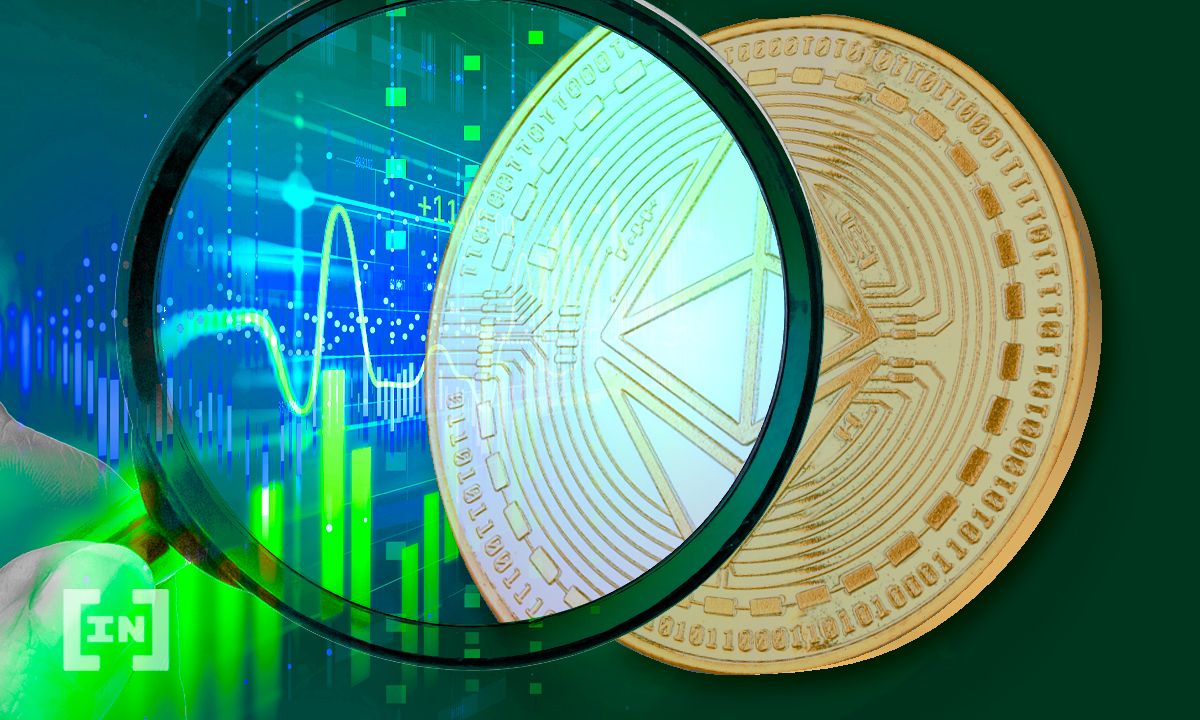If you’re paying attention to cryptocurrencies, you certainly know that Ethereum launched its hard fork upgrade, London, earlier this month. Considering the network is shifting its focus to 2.0, proof-of-stake consensus, parts of this upgrade contain Ethereum Improvement Proposals (EIPs) that have been voted in by the community.
This post will detail all of the different important Ethereum EIPs, breaking down how they’ll affect the Ethereum protocol and price in both the short and the long term. But before that, let’s quickly discuss hard forks and their history with Ethereum.
Hard forks and Ethereum

A hardfork is basically an overhaul update to a previously existing blockchain network. It invalidates the old chain in many ways, requiring users to move to the upgraded one instead.
Ethereum’s first hardfork, for example, is the Ethereum Classic (ETC) fork. Long story short, the Ethereum network suffered a massive hack, and the community voted in a new EIP to invalidate the hack, and holders can regain control of their funds. However, the update required a hardfork, meaning a new network — the one we know today as Ethereum — will come to be. Some users didn’t believe in this proposal, though, and stuck to the old network called Ethereum Classic.
Since then, Ethereum has gone through various hardforks. Most of those laid some groundwork for the Ethereum 2.0 proposal, which has been consistently delayed for various reasons. But, many expect this latest ETH fork to come out at the end of this year, finally.
A breakdown of important Ethereum EIPs
The EIP authors have published several proposals with significant effects. We list various important Ethereum EIPs included in the London hard fork below, allowing you to gain a better understanding of their implications.
EIP-1559
Ethereum EIP-1559 focuses largely on Ethereum transaction fees, meaning it will have a significant effect on traders of all kinds. The effects will be noticeable on ERC-20 tokens in general, and is a cornerstone of the London hard fork.
Lately, as Ethereum’s price has fluctuated, transaction fees have been just as volatile as the network price. Unfortunately, this is partly because users have to bid on getting their transaction verified, as miners generally only take those with higher fees, so they can get paid more. Those who can’t afford these higher fees, or who simply refuse to pay them, will see their transactions left in the dust.
EIP-1559 plans to fix this, having users pay an algorithmically decided base fee. This will adjust “up and down by the protocol based on how congested the network is.” Generally, Ethereum aims for a specific amount of gas used per block. So, if the gas price per block is higher than normal, the base fee will rise to compensate, and vice versa. Then there is a small priority fee. In this case, the priority fee will go toward the miners specifically. That base fee is actually burned. It fights inflation and makes sure users pay for the network only in the form of ETH, rather than gas.
The result of EIP-1559
Basically, it makes transaction fees more predictable, rather than having them nearly the price of the transaction itself — and sometimes more! That said, it won’t necessarily be cheaper than before. Just more predictable. Don’t expect lower fees wholesale. That, and this improvement will likely change significantly by the release of Ethereum 2.0, where the network moves from proof-of-work to proof-of-stake.
This update has seen some controversy, however, as burning the base fee instead of providing it to miners inherently decreased their income. The improvement also increases block sizes, which can make it take longer for miners to validate one. And, as the network is burning Ethereum, it can cause some economic instability, as there’s no way to predict just how much Ethereum will be burned.
Of all the important Ethereum EIPs, this one is the most vital.
EIP-3198
Speaking of transaction fees, EIP-3198 is a simple but important improvement. The EIP makes it so that smart contracts — basically automated, digital if-then statements for transactions on the network — take advantage of the returned base fee. Essentially, this improvement normalizes smart contract-based fees as well.
EIP-3529
There are incentives for developers to clean up code by deleting smart contracts and outdated functions, resulting in network decongestion. The reward for this is refunded gas fees.
However, some devs were taking advantage of this feature. As in, if gas fees were low, developers will input meaningless smart contracts and clog the network. Once the gas price rises, they’d then “clean up” those contracts to get a refund much higher than what they paid. They exploit the refund, while making the network slower for everyone.
EIP-3529 specializes the refund a little bit, ensuring developers will only get refunds for certain actions rather than all cleanups. The improvement will also lower some refund fees to a level where they’re still worth it, but not enough to enable more exploits.
EIP-3554

Mining has been a part of Ethereum’s consensus since its inception. That said, in the early days, developers implemented what’s called a Difficulty Bomb to try and lure away miners. They did this because Ethereum was looking to shift to a proof-of-stake consensus algorithm. However, considering the several delays the upgrade experienced, most Ethereum forks postpone the difficulty bomb as a result.
This will arguably keep happening until Ethereum 2.0 releases, in which mining will be gone.
EIP-3541
As for EIP-3541, this update invalidates some older types of smart contracts, prepping the network for this newer format. It’s just setting the grounds for future growth, really, and is one of the lesser prevalent, important Ethereum EIPs in this batch.
London hard fork paves the road ahead
Now that these important Ethereum EIPs have come into place, we’re likely to see significant movements in the Ethereum price over time. Everyone is waiting with bated breath for the shift to 2.0, which will rock the entire consensus method and have all users change the way they approach this network. Assuming it doesn’t get delayed again, Ethereum 2.0 should release by year’s end.
Frequently asked questions
What is an Ethereum EIP?
How are Ethereum EIPs implemented?
Who can submit Ethereum EIPs?
Disclaimer
In line with the Trust Project guidelines, the educational content on this website is offered in good faith and for general information purposes only. BeInCrypto prioritizes providing high-quality information, taking the time to research and create informative content for readers. While partners may reward the company with commissions for placements in articles, these commissions do not influence the unbiased, honest, and helpful content creation process. Any action taken by the reader based on this information is strictly at their own risk. Please note that our Terms and Conditions, Privacy Policy, and Disclaimers have been updated.




